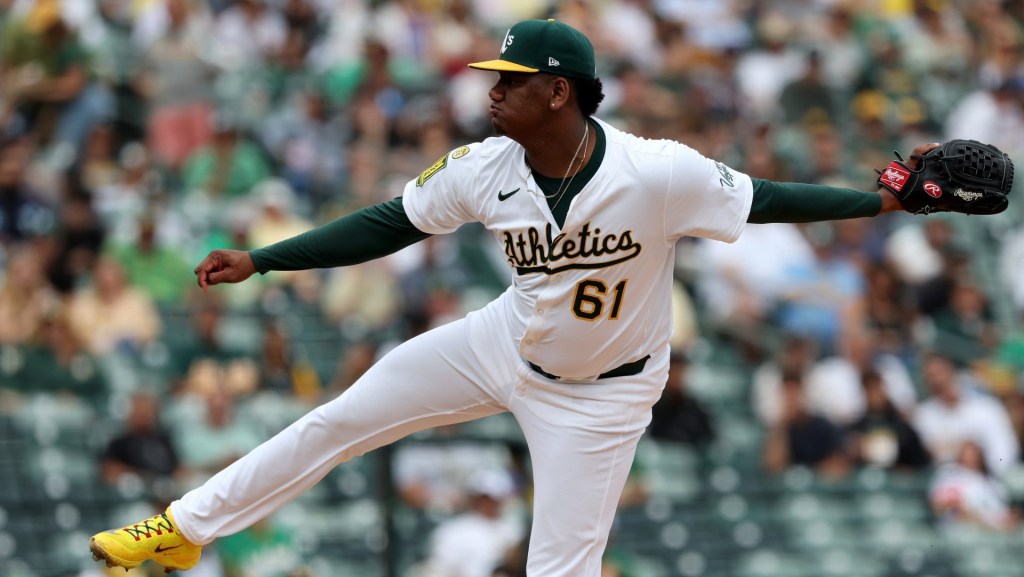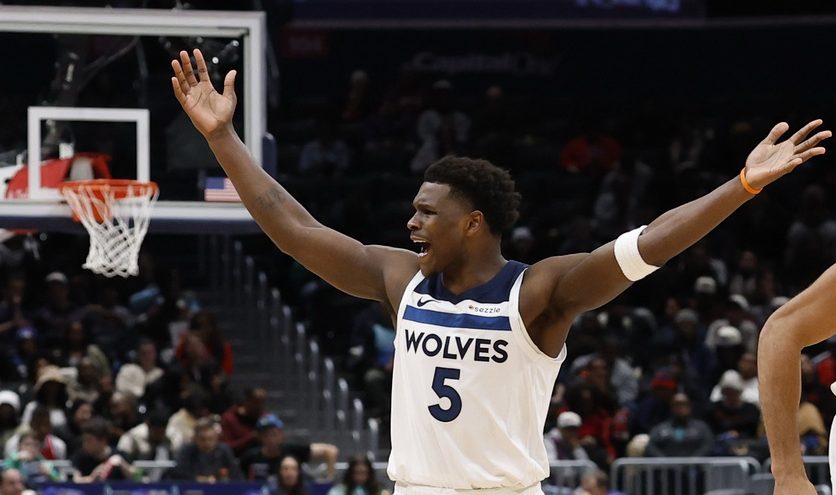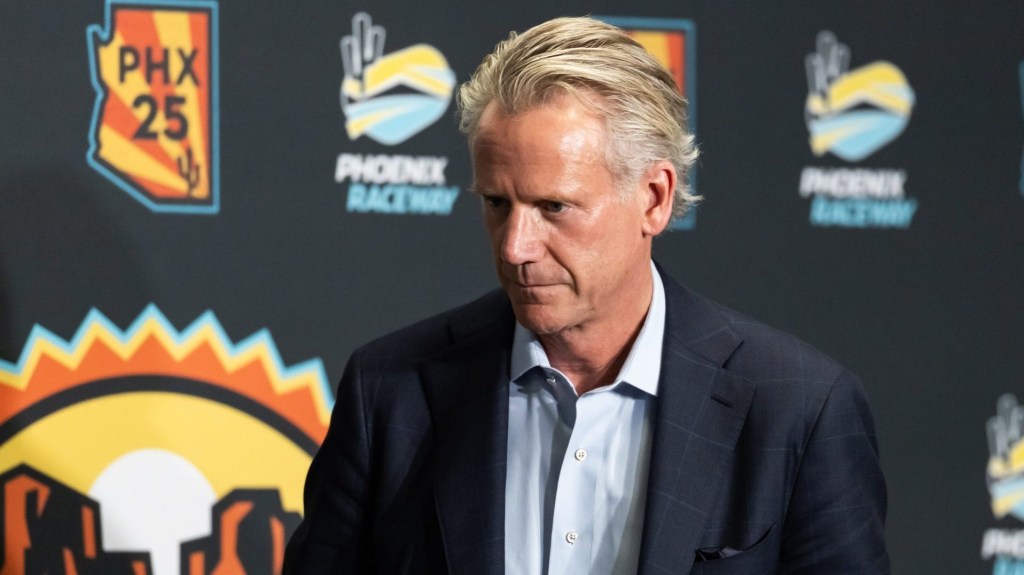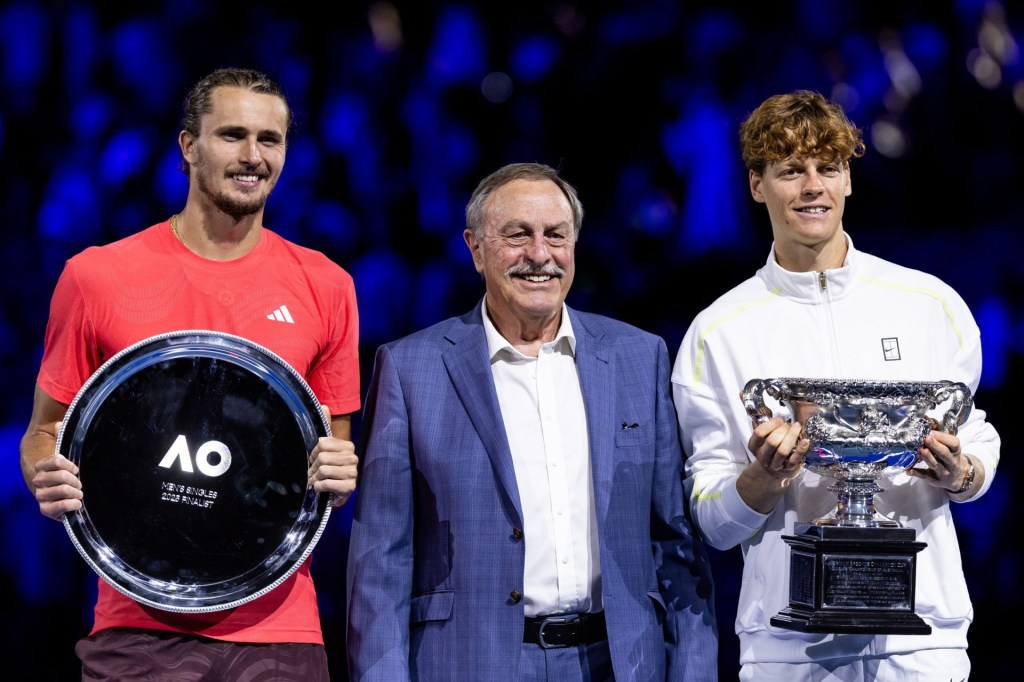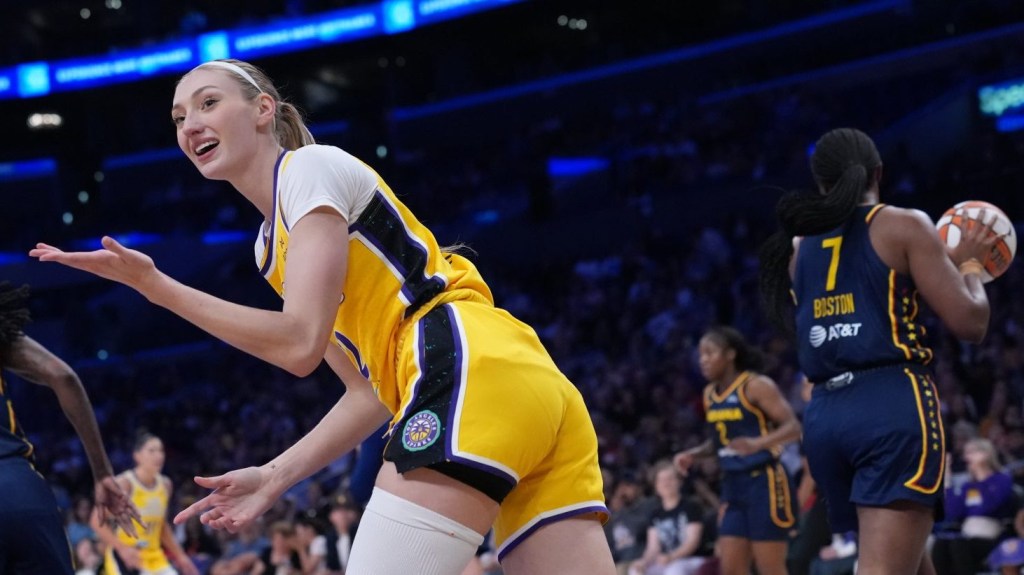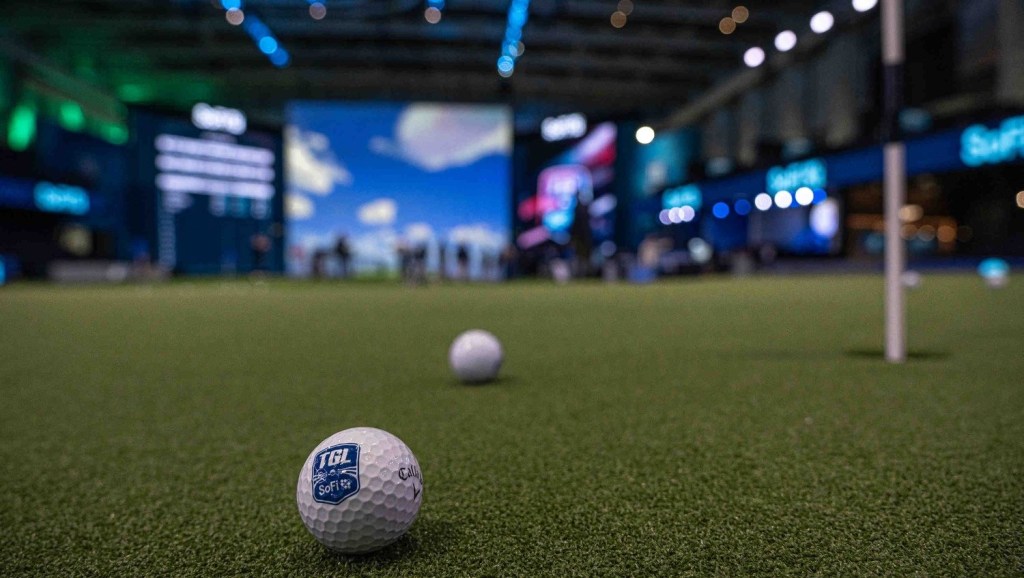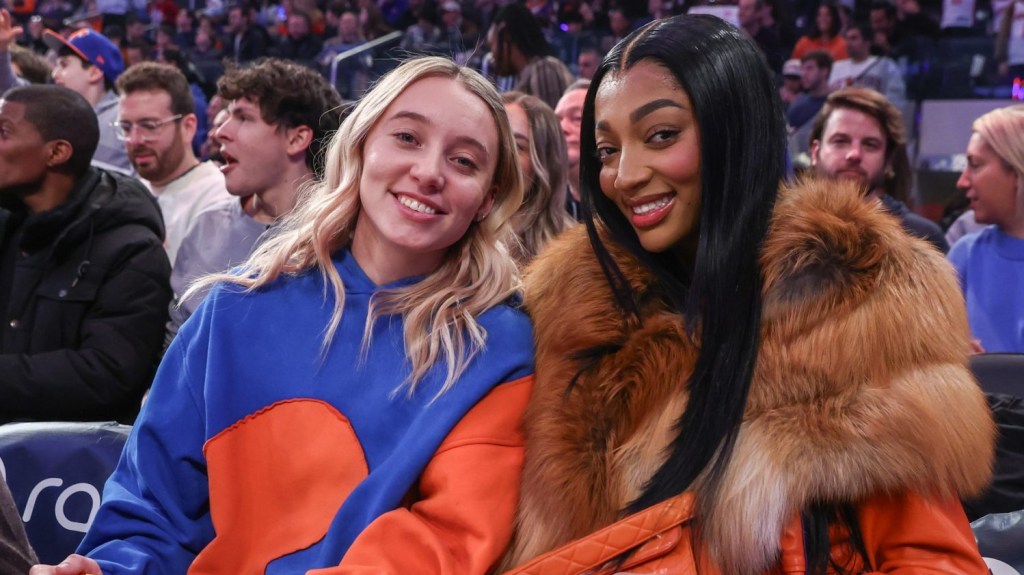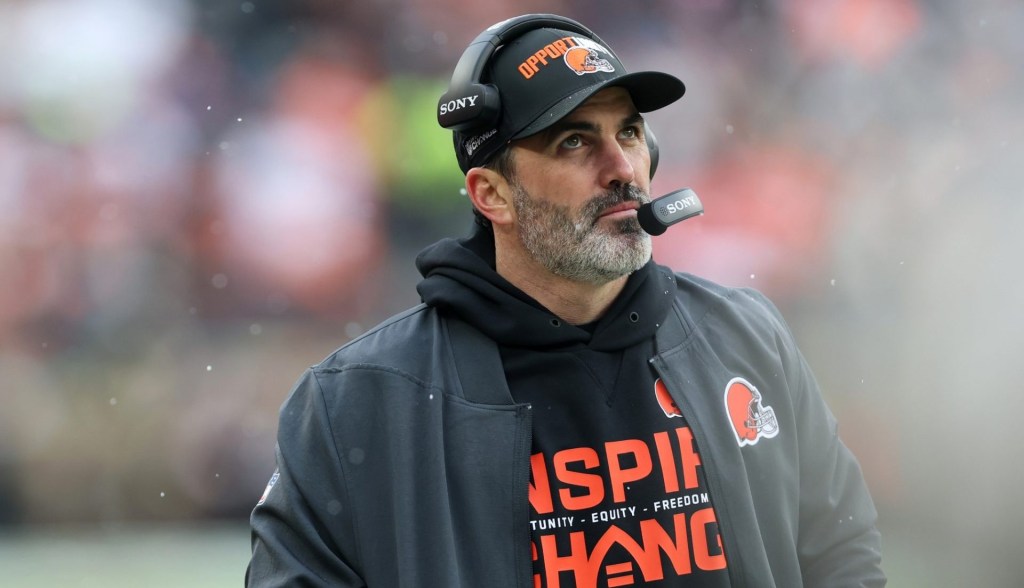March Madness is when college basketball players’ high-earning name, image, and likeness deals come into the most focus. So, it’s somewhat fitting that on the first day of the men’s NCAA tournament, the NBA announced it was shutting down the G League Ignite, its owned-and-operated team that was supposed to offer an alternative path to playing in college.
But, since launching in 2020 with a stated focus on developing pro prospects, the Ignite failed to live up to the hype, in large part due to the growth of NIL pacts, a key factor cited by the NBA in its reasoning for dissolving the team, along with the advent of university collectives and the transfer portal.
The G League season ends next week, and the Ignite, currently 2–28, are guaranteed to finish with the worst record in the league. Ten Ignite players have been drafted by NBA teams, most notably Trail Blazers guard Scoot Henderson, the No. 3 pick in last year’s draft, and Jalen Green, the No. 2 pick by the Rockets in 2021. This summer, Ignite players Matas Buzelis (above, right) and Ron Holland are seen as potential lottery picks.
Better Luck Next Time
Five years ago, launching a new pathway for pro basketball seemed like a good idea. But the shifting landscape of college sports and continuously blurred lines between being an amateur and pro ended up making the Ignite mostly obsolete. Some top players were able to sign major endorsement deals, like Henderson did with Puma, but that’s not different from what college players can do in the NIL era.
Despite the Ignite’s shuttering, similar concepts are still striving for relevance, like the Overtime Elite basketball league, which produced its first NBA draft picks last summer when twin brothers Amen and Ausar Thompson were drafted Nos. 4 and 5 by the Rockets and Pistons, respectively.

